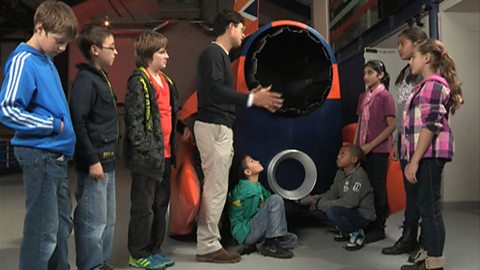Children from New Invention Junior School in the West Midlands investigate building their own model cars.
They experiment with two ways that vehicles may be driven - energy directly applied to the axle with a wind-up rubber band, and energy that is separate from the axle using balloon-powered propulsion.
These models mirror the difference between road cars, in which the engine powers the wheels, and Bloodhound, which is jet engine rocket-propelled.
The children discover that the cars with two balloons work the best, but could the two balloons be arranged in a different way so that even more of the stored potential can be released?
This short film is from the series Bloodhound Adventure.
Teacher Notes
The clip could be stopped after the initial introduction to brainstorm what types of energy could be used.
Children could design their own car, make and test it.
The differences between direct power and jet or rocket engines are described which could influence design ideas.
It provides some suggestions for potentially improving performance that could lead to further experimentation.
Having tested their own cars, the rest of the clip could be viewed leading to comparison and discussion of results.
Curriculum Notes
This clip will be relevant for teaching Science or Design and Technology at Key Stage 2 in England, Wales and Northern Ireland, and Level 2 in Scotland.

More from The Bloodhound Adventure
Experimenting with reaction times video
Children from New Invention Junior School in the West Midlands investigate their reaction times and how these are affected by distractions.
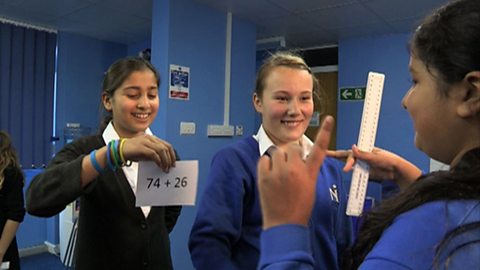
What's Bloodhound like to drive? video
Primary school children investigate what driving a car at over 1000 mph would be like, by trying out at RAF flight simulator and taking a flight with Bloodhound's driver Andy Green.

Experimenting propulsion with water rockets. video
Primary school children investigate the theory behind what makes the Bloodhound Supersonic car's rocket engine work, trying to make their water rockets travel the farthest.
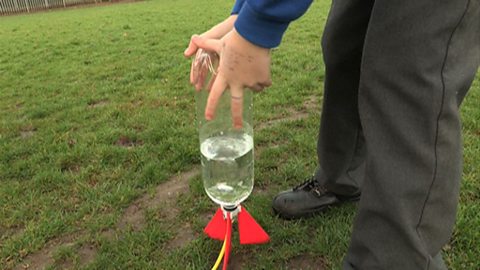
Harnessing air resistance with parachutes. video
Children from Links Primary School in London investigate harnessing air resistance in order to safely drop an egg, experimenting with different parachute designs.
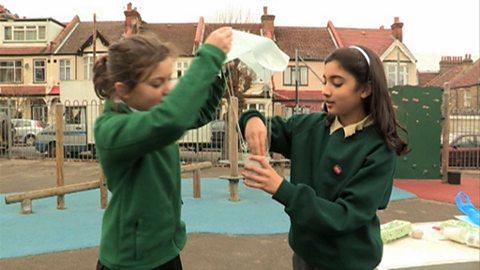
How air resistance slows down vehicles. video
Bloodhound Investigators find out how air resistance can be used to slow down vehicles. They also discover the importance of traction, drag and aerodynamics.

Investigating air and water resistance. video
Primary school children investigate which shapes travel fastest through water, to understand what is the best design for the Bloodhound Supersonic car.

Investigating friction. video
Dr Yan Wong and children from Links Primary School in London investigate friction by trying to separate two interleaved books.

Is the Bloodhound SSC a car, a boat or a plane? video
Bloodhound Investigators find out if Bloodhound SSC is a car, a boat or a plane. They compare and contrast features of each with input from members of the Bloodhound team.
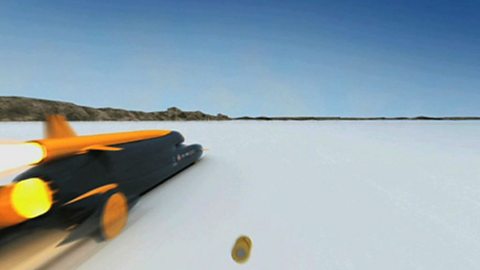
What impact does air resistance and density have on travelling fast? video
Primary school children try skydiving, flying a microlight and racing in a swimming pool to understand how air resistance and density will affect the Bloodhound Supersonic car.
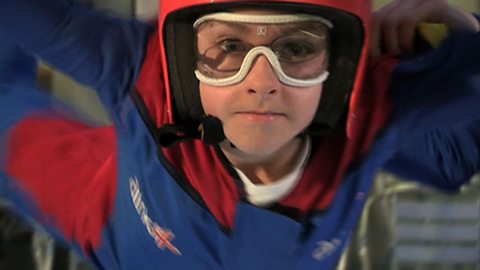
Why doesn't Bloodhound have tyres? video
Primary school investigate why cars normally have tyres - even though Bloodhound SSC does not. They visit a race track to find out about grip and traction, and ride bikes to find out about comfort.
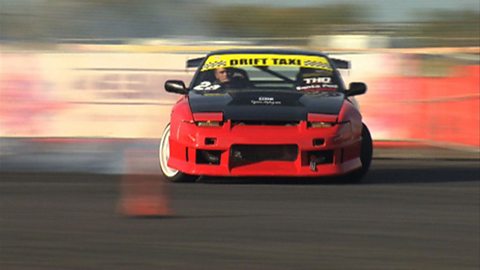
What makes a supersonic car move? video
Primary school children find out about the engines that will propel the Bloodhound Supersonic car to 1000 mph, a jet engine and a rocket engine.
